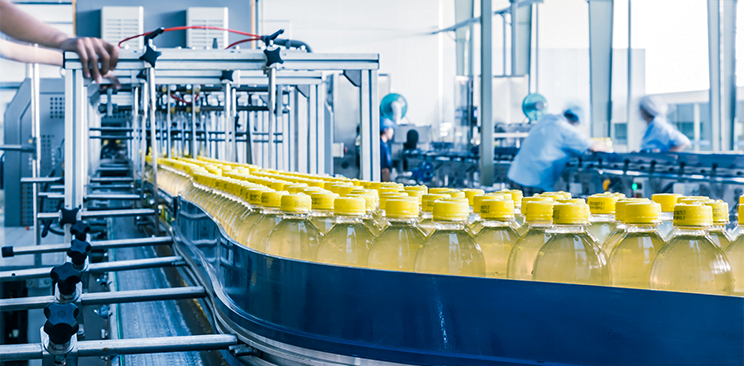The Australian Food and Grocery Council’s (AFGC) ninth annual industry snapshot State of the Industry 2017, shows that the $127.4 billion Australian food and grocery sector added more than 7,300 jobs in 2015-16, reflecting significant resilience in the sector.
AFGC CEO Tanya Barden says the report, compiled by EY, highlights strong employment growth and encouraging capital investment – but that falling exports and flat overall turnover are clear warning signs for the future of Australia’s largest manufacturing sector.
“The food and beverage, grocery and fresh-produce sectors employ 320,300 people, representing more than 33 per cent of Australian manufacturing jobs, despite a small decrease in industry turnover by 0.3 per cent to $127.4 billion,” she said.
“There is no doubt Australia’s largest manufacturing sector is facing an environment where input costs are rising on everything from commodities to labour to energy, and six years of retail price deflation continues to cut margins, placing the sector under increasing pressure.”
AFGC expects these pressures to increase as energy, especially gas, prices have significantly increased. Ms Barden says that is likely to have dire consequence for Australian jobs and investment, with some companies reassessing their long term future in Australia.
“While a 4.7 per cent increase in capital investment is welcome, reversing the last three years of decline, expected increases in input costs could stall this recent turnaround in investment and employment,” she said.
“Continuing to stimulate investment in site modernisation is critical, particularly in light of mounting input-cost pressures. We are now in danger of drifting into a low-investment trap, where uncertainty about return on investment flowing from retail price deflation and rising costs is seeing investment decisions deferred or dumped.”
AFGC recommends that targeted investment allowances be adopted to bring forward investments in Australia.
“The ability to realise premium prices for value-added food and beverage products in growing export markets is a key source of future growth and contrasts with the low-growth, deflationary domestic trading environment,” Ms Barden said.
Industry snapshot
- Industry turnover $127.4 billion, down 0.3 per cent in real terms (2015-16 data).
- Direct employment 320,302, an increase of 7,317 people (2015-16 data).
- Industry made up of 30,748 businesses (2016-17 data).
- Capital investment of $2.7 billion, up 4.7 per cent (2015-16 data).
- Total international trade $67.9 billion (down 8.1 per cent) (2016-17 data).


